Parisian Landmarks: A Journey Through Time
Join us on a free walking tour exploring Parisian landmarks, where history and culture come alive in every step of the journey.
Time
3 Hours
Stops
9 Places
Distance
4.8 km
Champ de Mars
Begin your tour at the expansive Champ de Mars, a beautiful green space offering iconic views of the Eiffel Tower, perfect for a leisurely stroll and photo opportunities.
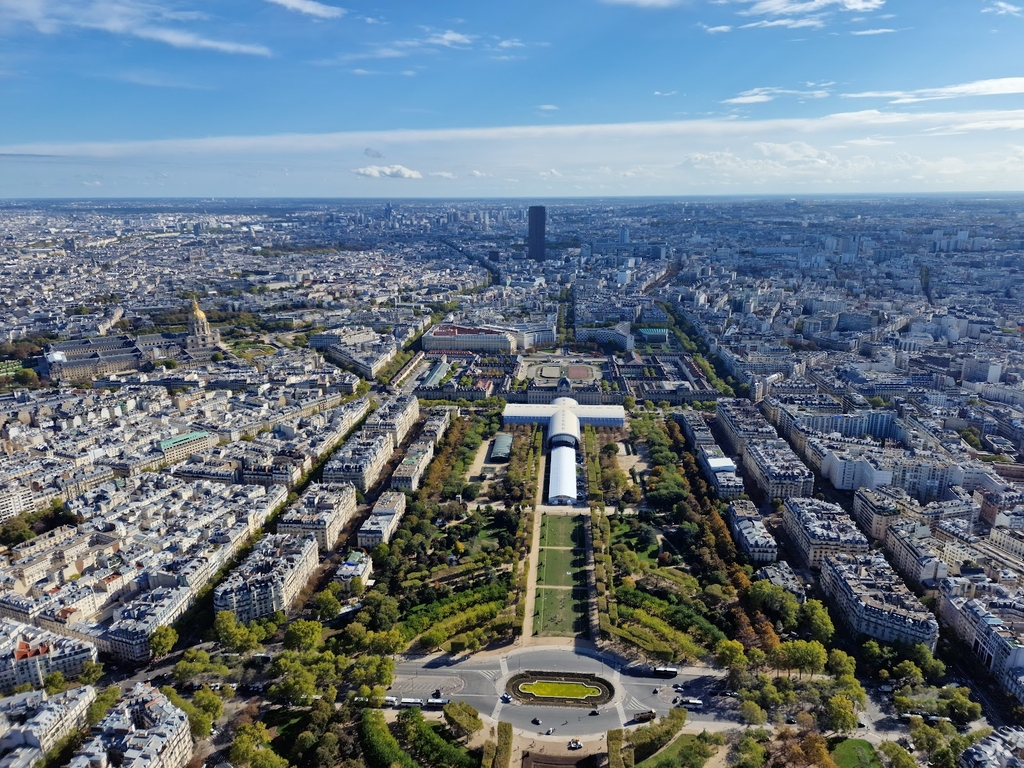
Champ de Mars (Source: Google Maps)
The Champ de Mars is a sprawling public greenspace located at the foot of the Eiffel Tower. Originally a military parade ground, its name translates to 'Field of Mars,' reflecting its historical military significance. This park not only provides breathtaking views of the iconic Eiffel Tower but also serves as a venue for various events and gatherings throughout the year. Its carefully landscaped gardens, pathways, and open lawns make it a popular spot for picnics, leisurely strolls, and photography. The park is rich in history, having been the site of numerous public demonstrations and celebrations, showcasing its importance in the social and cultural fabric of Paris.
École Militaire
Just a short walk from Champ de Mars, the École Militaire is a striking historical building that highlights France's military history and architecture.
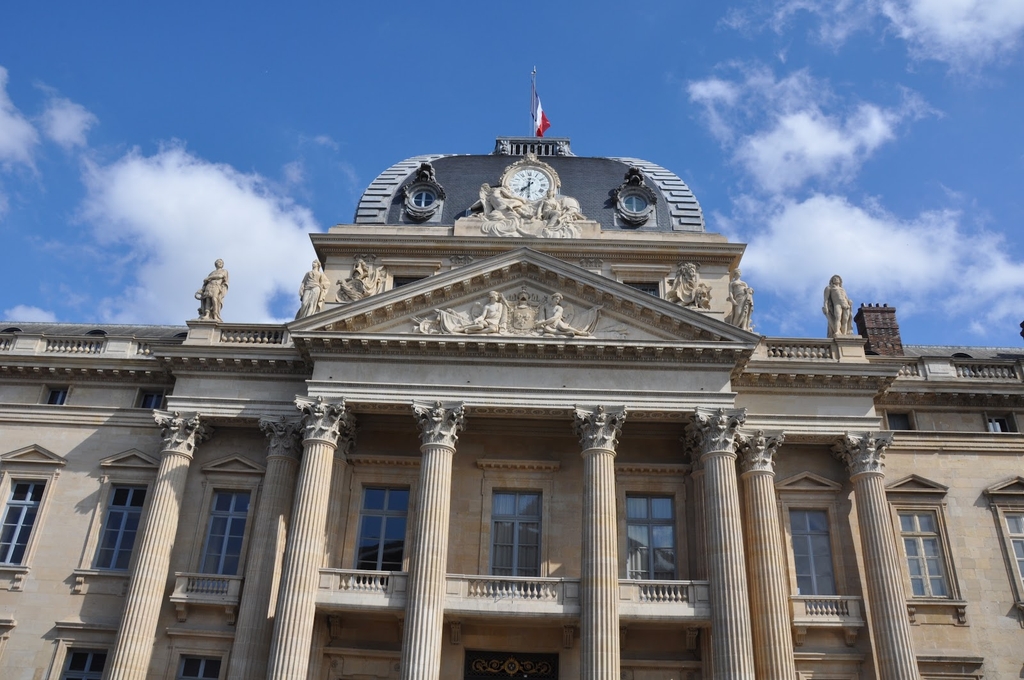
École Militaire (Source: Google Maps)
The École Militaire is a prominent military complex in Paris, founded in the 18th century under King Louis XV. This grand architectural masterpiece was designed by the architect Jacques-Ange Gabriel and reflects the classical style of the time. Originally intended as a military school for training young officers, it has played a significant role in France's military history. The complex features a large courtyard and several buildings, with the most notable being the central dome, which is an iconic feature of the Paris skyline. Today, the École Militaire continues to serve as a military institution and houses various military-related organizations, making it a site of historical and cultural importance.
UNESCO Headquarters
Explore the global cultural significance at UNESCO Headquarters, where international education, science, and culture initiatives are coordinated.
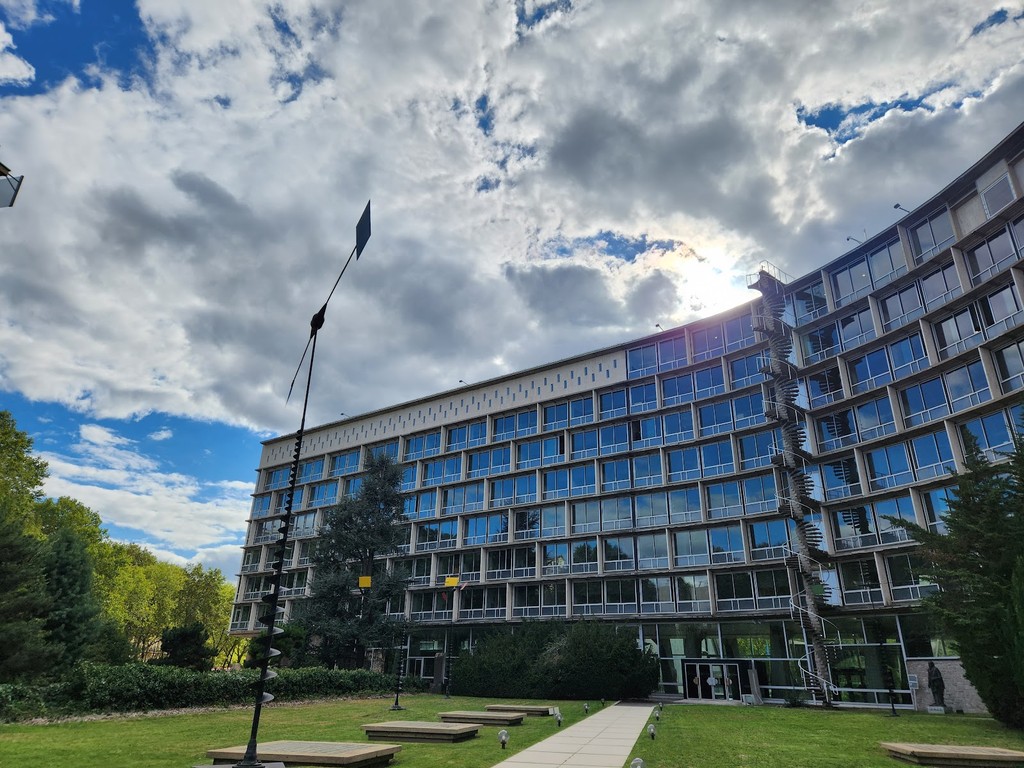
UNESCO Headquarters (Source: Google Maps)
The UNESCO Headquarters in Paris is a symbol of international cooperation and cultural preservation. Established in 1945, UNESCO (United Nations Educational, Scientific and Cultural Organization) works to promote education, science, and culture worldwide. The headquarters itself is an architectural marvel, designed by the architect Marcel Breuer, and features a modernist design that reflects the organization's mission. The building is surrounded by beautifully landscaped gardens and has become a hub for global dialogue and initiatives aimed at fostering peace and sustainable development. UNESCO is known for its efforts in designating World Heritage Sites, promoting cultural diversity, and advocating for education for all, making it a vital institution in the realm of global culture.
Saint-François-Xavier Church
Discover the architectural beauty and serene atmosphere of the Saint-François-Xavier Church, an often-overlooked gem in the heart of Paris.
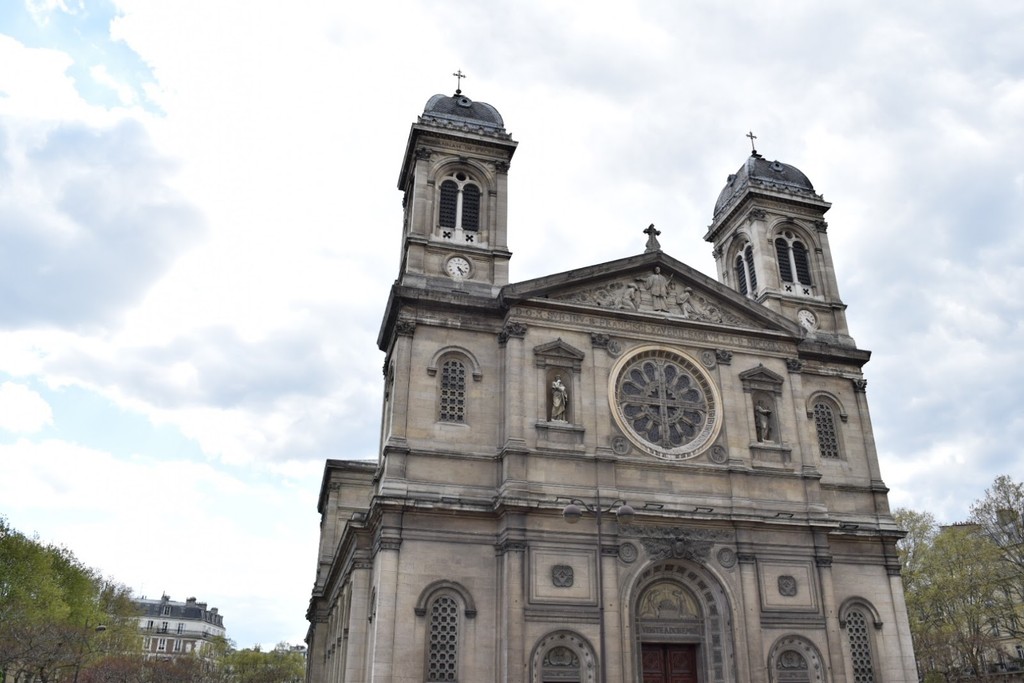
Saint-François-Xavier Church (Source: Google Maps)
Saint-François-Xavier Church is a stunning example of Baroque architecture located in the heart of Paris. Built in the 19th century, this church is dedicated to Saint Francis Xavier, a prominent Jesuit missionary. The church's interior boasts intricate frescoes, beautiful altars, and a striking wooden ceiling that draws visitors in with its serene atmosphere. The design of the church reflects the Jesuit order's dedication to education and spirituality, making it a significant religious site in the city. While it may not be as widely known as other Parisian landmarks, its architectural beauty and peaceful ambiance offer a unique experience for visitors seeking a moment of reflection amidst the bustling city.
Musée de l'Armée
Delve into France’s rich military past at the Musée de l'Armée, located within the Hôtel des Invalides, featuring an extensive collection of artifacts and exhibitions.
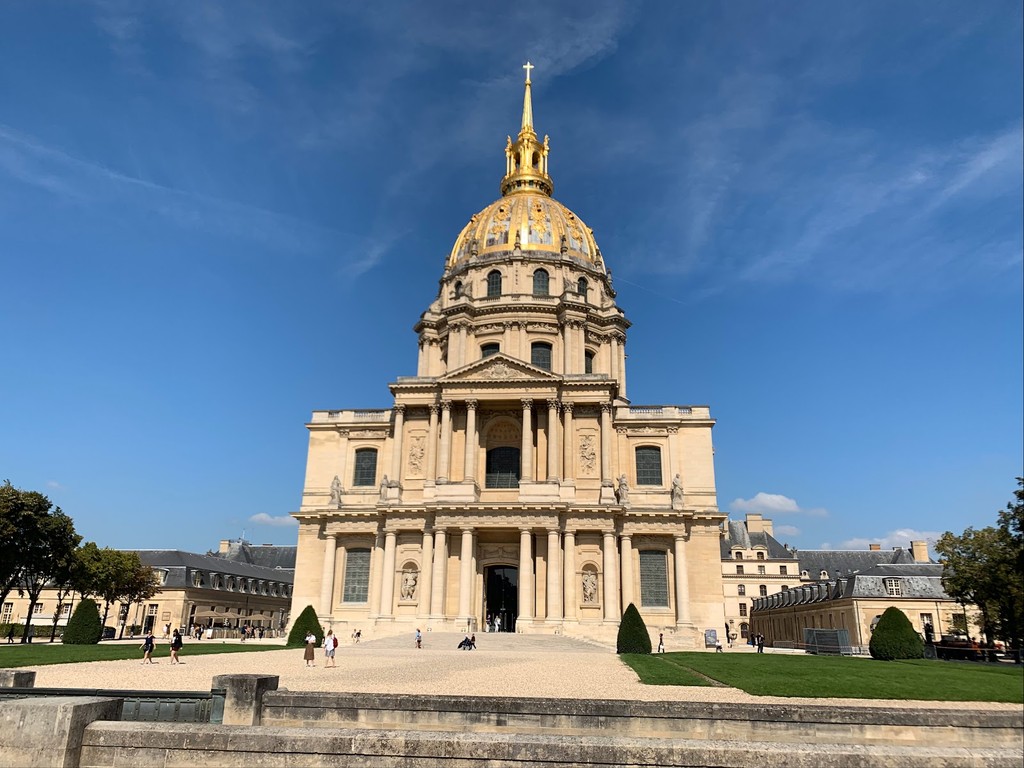
Musée de l'Armée (Source: Google Maps)
The Musée de l'Armée, or Army Museum, is housed within the historic Hôtel des Invalides, a complex built in the 17th century to care for wounded soldiers. The museum is one of the largest military museums in the world, showcasing an extensive collection of artifacts that span centuries of French military history. From medieval armor to modern weaponry, the museum offers a comprehensive overview of France's military past. Notably, it is home to Napoleon Bonaparte's tomb, an impressive mausoleum that attracts many visitors. The museum also features exhibitions on military strategy, uniforms, and significant battles, making it a key site for understanding France's role in global history.
Les Invalides
Continue your journey to Les Invalides, a complex that houses museums and monuments relating to France’s military history, including Napoleon's Tomb.
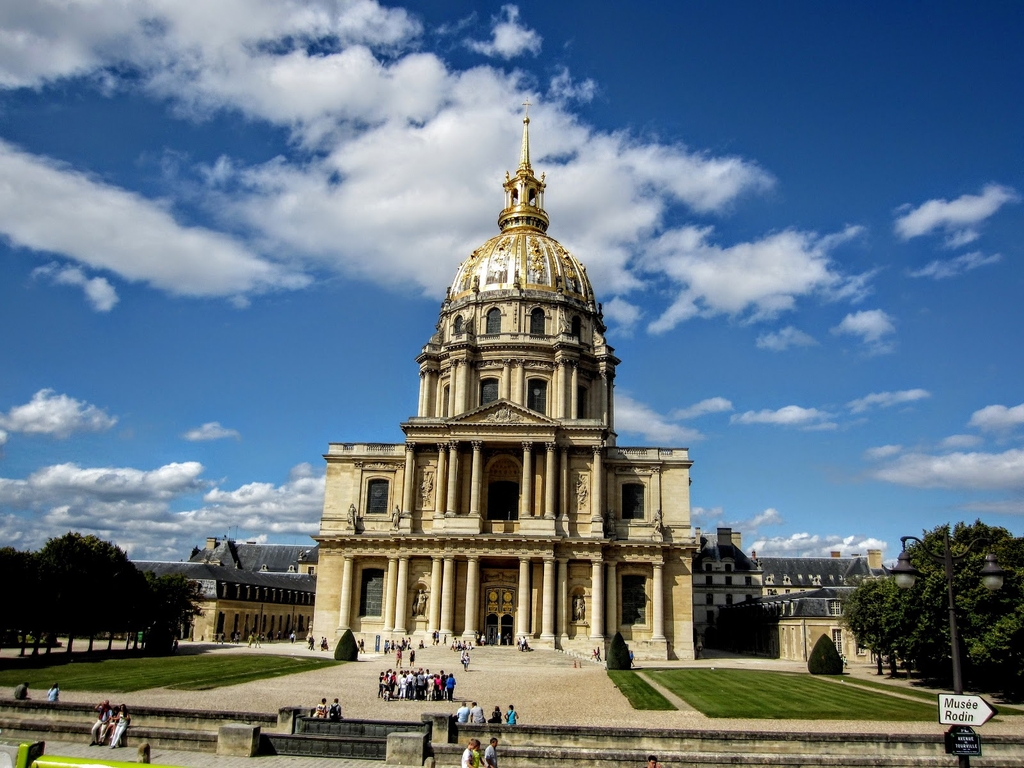
Les Invalides (Source: Google Maps)
Les Invalides is a monumental complex in Paris that serves as a testament to France's rich military history. Originally commissioned by Louis XIV in the 17th century as a hospital and retirement home for war veterans, Les Invalides now houses several museums and monuments dedicated to the military. The most famous feature is the golden dome of the church, which contains Napoleon's tomb, surrounded by stunning artwork and elaborate decorations. The complex also includes the Musée de l'Armée, showcasing a vast collection of military artifacts and exhibitions. Les Invalides stands as a symbol of France's respect for its military heritage and the sacrifices of its soldiers, making it a significant cultural landmark.
Musée Rodin
Just a short distance away, visit the Musée Rodin, which showcases the works of the famous sculptor Auguste Rodin in a beautiful mansion and gardens.
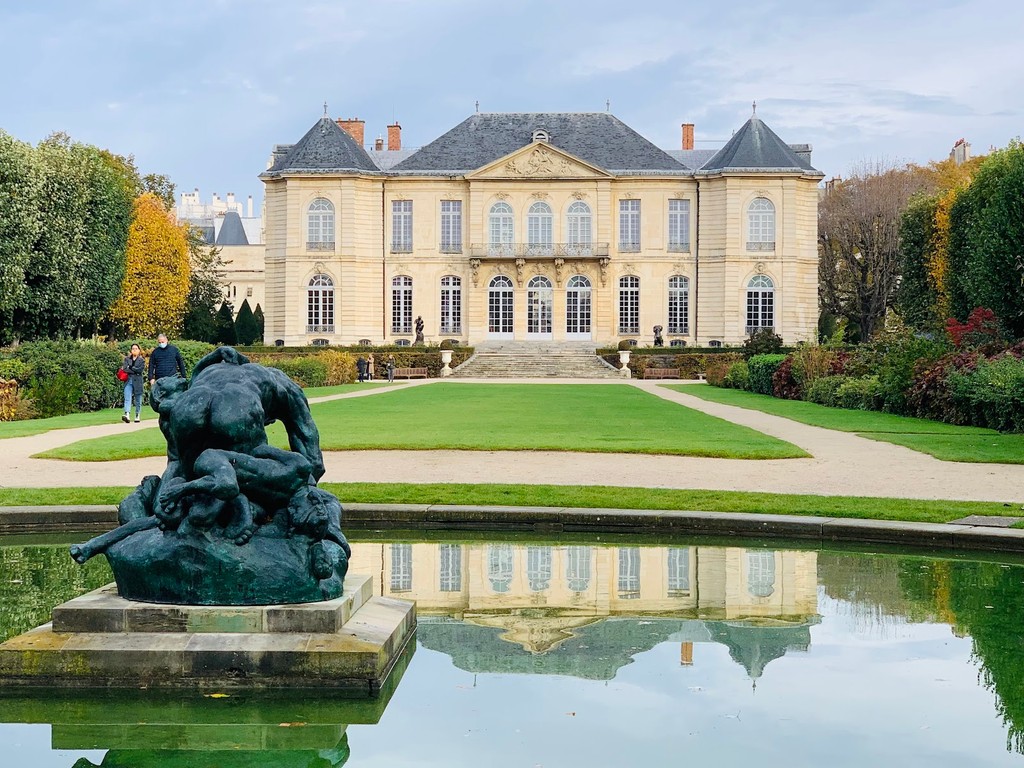
Musée Rodin (Source: Google Maps)
The Musée Rodin is dedicated to the works of the renowned French sculptor Auguste Rodin, located in a beautiful mansion surrounded by stunning gardens. Established in 1919, the museum houses an extensive collection of Rodin's sculptures, including his most famous piece, 'The Thinker.' The museum's setting in the Hôtel Biron adds to the charm, featuring elegant interiors that showcase Rodin's artistry. The gardens are equally captivating, adorned with many of his sculptures, providing a serene environment for visitors to appreciate the art. The Musée Rodin not only highlights Rodin's contributions to sculpture but also serves as a center for art appreciation and education, hosting temporary exhibitions and cultural events.
Pont Alexandre III
Walk towards the Seine to admire Pont Alexandre III, one of Paris's most ornate bridges, known for its stunning Beaux-Arts architecture.
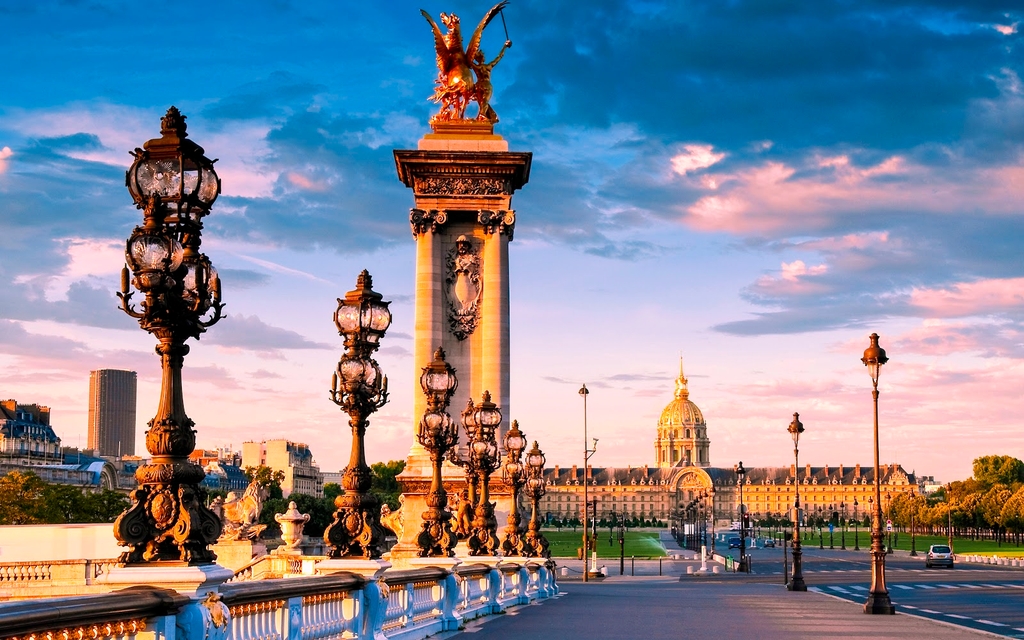
Pont Alexandre III (Source: Google Maps)
Pont Alexandre III is one of the most celebrated bridges in Paris, known for its exquisite Beaux-Arts architecture and ornate decorations. Completed in 1900 for the Exposition Universelle, the bridge spans the Seine River and connects the Champs-Élysées and Les Invalides. It features four monumental lampposts, gilded sculptures, and intricate carvings that exemplify the artistic style of the era. The bridge is often regarded as a symbol of Franco-Russian friendship, named after Tsar Alexander III. Its stunning design and picturesque views make it a popular spot for photographers and romantics alike. Pont Alexandre III is not only a vital transportation link but also a historical landmark that embodies the elegance of Parisian architecture.
Petit Palais
End your tour at the Petit Palais, a magnificent art museum offering free entry to its permanent collections, showcasing fine arts in a grand setting.
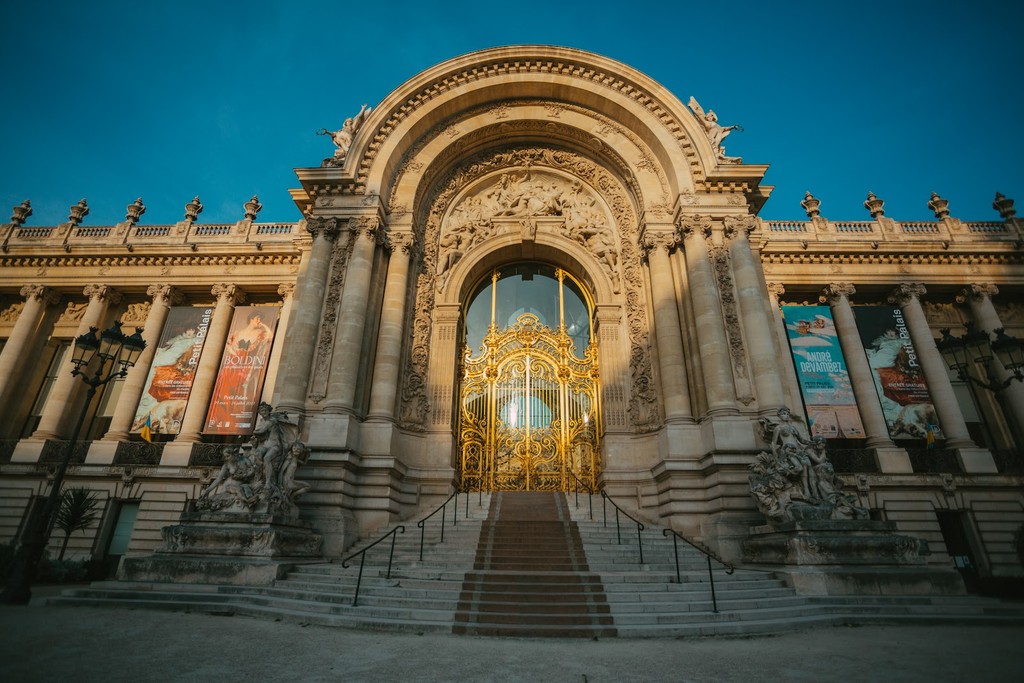
Petit Palais (Source: Google Maps)
The Petit Palais, also known as the City of Paris Museum of Fine Arts, is an art museum that showcases an impressive collection of fine arts from ancient to modern times. Built for the 1900 Exposition Universelle, its stunning architectural design features a grand façade and a beautiful garden. The museum offers free entry to its permanent collections, which include paintings, sculptures, and decorative arts from renowned artists such as Courbet, Monet, and Delacroix. The Petit Palais serves as a cultural hub, hosting temporary exhibitions and educational programs, making it accessible to art enthusiasts and the general public alike. Its commitment to promoting the arts and culture reflects Paris's rich artistic heritage, ensuring that visitors leave with a deeper appreciation for the beauty of fine arts.

Your travels, your rules.
Create your own Free Walking Tours.
Set your preferences, distances and anything you want to do or see.
Completely free, no payment required.